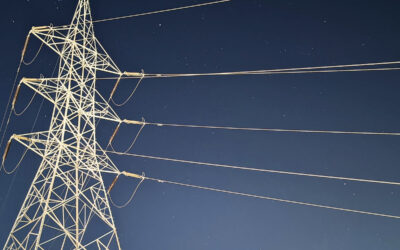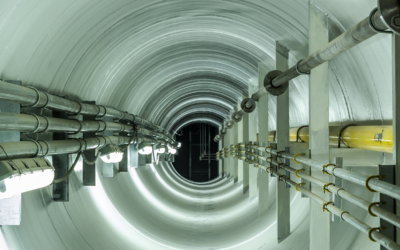Cable condition monitoring
69%* of HV cable failures occur in joints and terminations, which are overlooked by conventional monitoring techniques. As Synaptec sensors require no control power, data networks or expensive civil works, it is now feasible to instrument these remote locations to provide early warning of more cable failure modes than with conventional technology. This dramatically improves availability and safety, while reducing OpEx and outage cost over the life of the network.
*Source http://www.jicable.org/TOUT_JICABLE/2015_slides/2015-D9-2_slides.pdf
Get in touch

Slava Tavoletti
Business Development

Saul Matthews
VP Global Sales
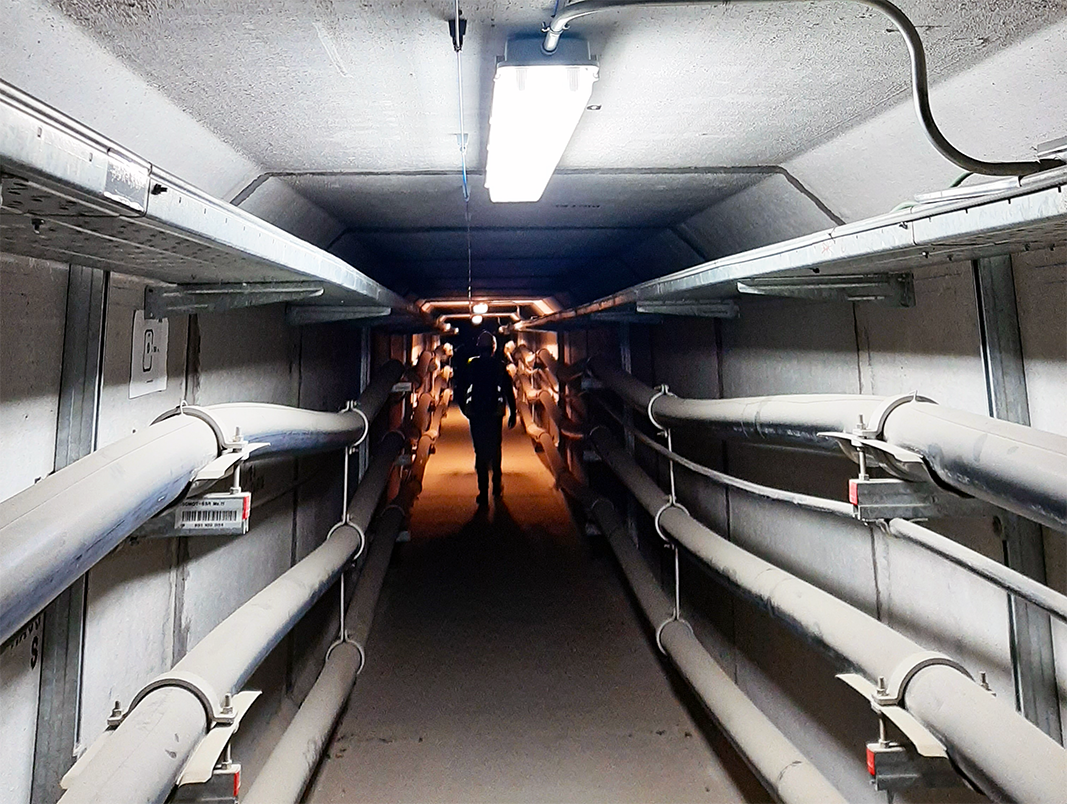
Challenges in cable condition monitoring
By their nature, underground power cable systems are difficult and costly to access and inspect. Some automation has been made possible by installing permanent DTS (Distributed Temperature Sensing), and in some rare cases permanent PD (Partial Discharge) monitoring technologies, but these techniques do not provide early warning of failures at cable connection points. Cable screen continuity and earth faults, flooding, and sheath voltage limiter faults can all occur at bonding locations along the circuit, which are not easily inspected manually or instrumented for permanent, online monitoring.
Our solution
Synaptec’s Distributed Electrical Sensing (DES) technology is ideally suited to resolving these challenges as it streams continuous and synchronous measurements from every cable joint and termination. By monitoring cable sheath current using DES, it is possible to improve the accuracy of circuit models while monitoring for early signatures of sheath and screen damage, overheating, water trees, electrical trees, PD, and eventual flashover.
The addition of phase voltage and current sensing enables the monitoring of electrical transients and harmonic content. Transients from switching sources, capacitor banks, and inductive loads, commonly associated with power electronics can stress circuit components and over time introduce damage. Transients can slowly degrade insulation, eventually leading to localised overheating and short circuit currents. Synaptec’s cable condition monitoring technology provides utilities with a unique and comprehensive set of asset insights, allowing more failure modes to be monitored for progression and providing actionable insights at significantly earlier stages of degradation.
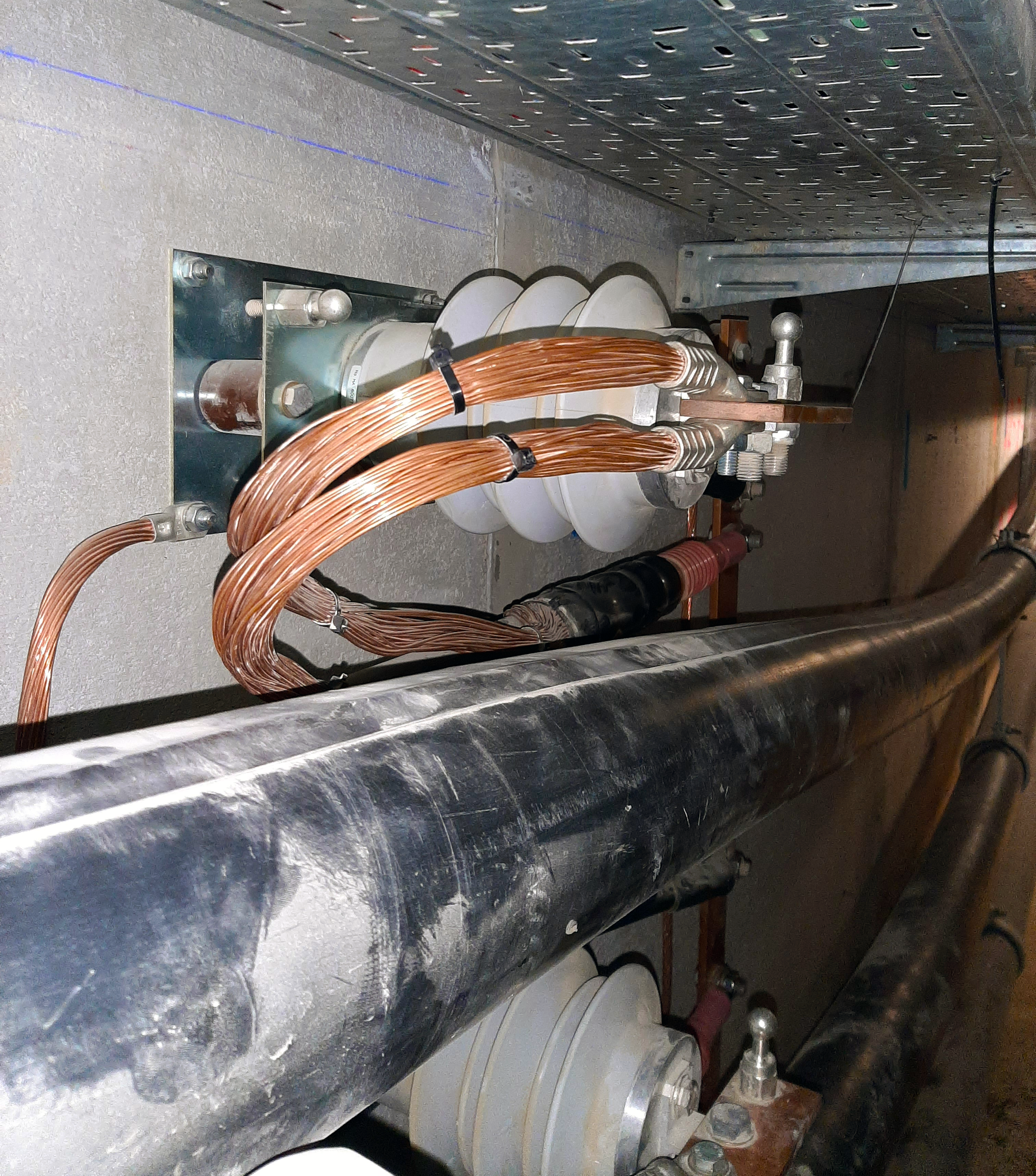
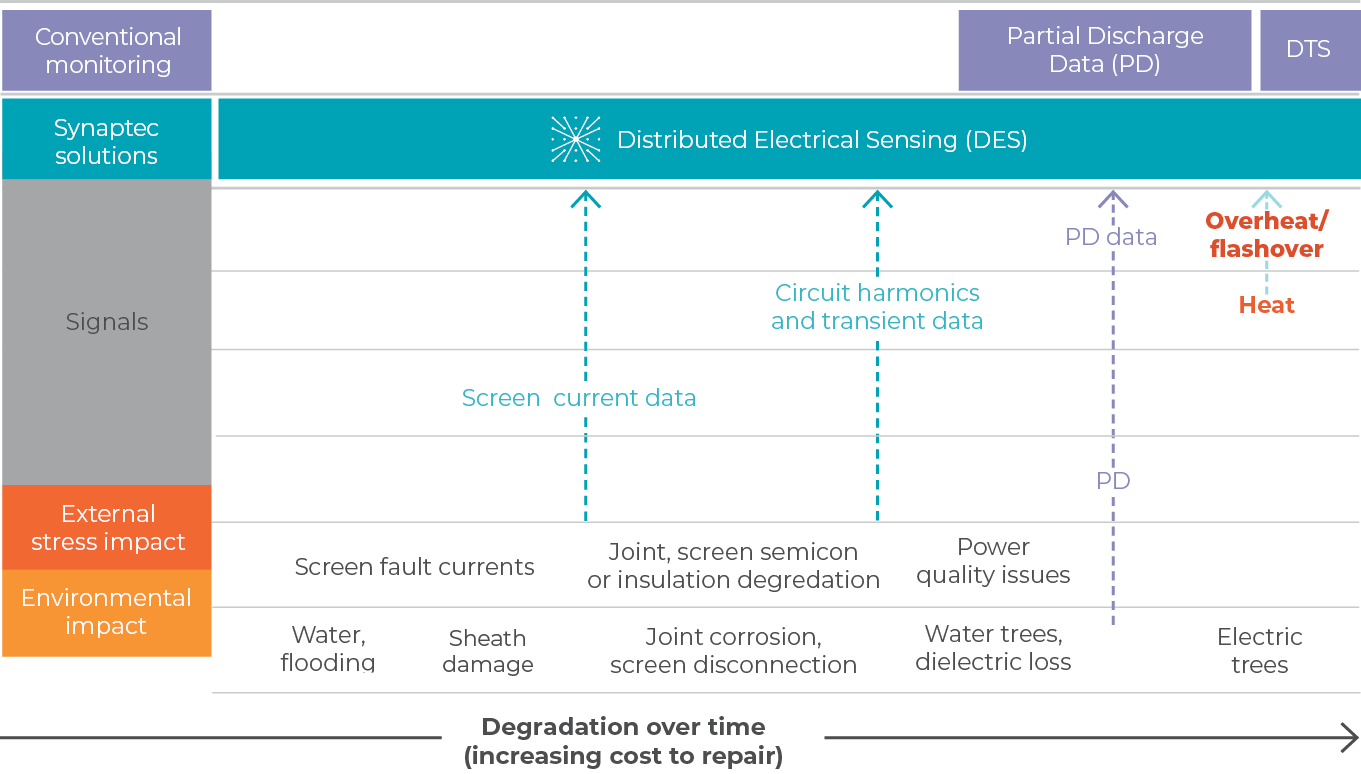
Download cable condition monitoring white paper
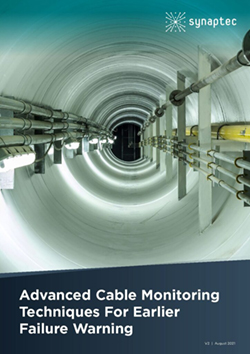
Applications
Related posts
Comprehensive Overhead Line Monitoring
Synaptec’s Distributed Electrical Sensing (DES) technology improves operation and lifetime maintenance of HV power lines by passively monitoring remote spans, combining synchronous measurements of spot temperatures, vibration and sag, along with electrical...
Cable Condition Monitoring in Power Grids
As Synaptec sensors require no control power, data networks or expensive civil works, it is now feasible to instrument these remote locations to provide early warning of more cable failure modes than with conventional technology.Download Full Versions
Primary Current Transducer (PCT)
Synaptec’s Primary Current Transducer (PCT) combines industry-standard current transformers (CTs) with Distributed Electrical Sensing (DES) technology, enabling remote circuits to be instrumented passively without data networks, control power, or expensive civil...
